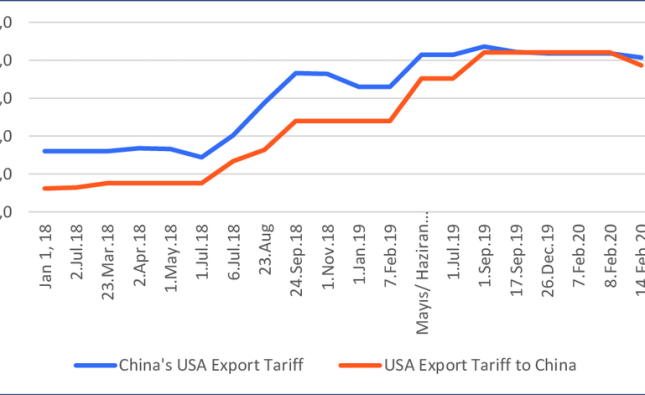
In the dynamic landscape of financial markets, navigating shifts and fluctuations is essential for both financial advisors and their clients. Whether it’s sudden economic downturns, geopolitical tensions, or technological disruptions, the ability to adapt and implement effective strategies is paramount. In this article, we delve into the various tactics and approaches that financial advisors employ to navigate shifting markets, ensuring optimal outcomes for their clients.
Understanding Shifting Markets

Financial markets are inherently volatile, influenced by a multitude of factors ranging from global economic conditions to investor sentiment. Shifts in these markets can occur swiftly and unpredictably, presenting challenges for investors and advisors alike. Recognizing the signs of market shifts and understanding their underlying causes are crucial steps in formulating effective strategies.
Analyzing Market Trends
Financial advisors employ various tools and techniques to analyze market trends and anticipate shifts. Fundamental analysis involves assessing the intrinsic value of assets based on economic indicators, company performance, and industry trends. Technical analysis, on the other hand, focuses on historical price and volume data to identify patterns and trends in market behavior. Combining these approaches provides a comprehensive view of market dynamics, enabling advisors to make informed decisions.
Risk Management Strategies
In volatile markets, risk management takes center stage. Financial advisors implement a range of risk management strategies to protect their clients’ investments while maximizing returns. Diversification, asset allocation, and hedging are common tactics employed to mitigate risk exposure across different asset classes and sectors. Additionally, stop-loss orders and portfolio rebalancing help maintain risk-adjusted returns amidst market fluctuations.
Tactical Asset Allocation
Tactical asset allocation involves adjusting investment portfolios in response to changing market conditions. Financial advisors actively monitor market trends and allocate assets accordingly, shifting investments towards sectors or asset classes poised for growth while reducing exposure to areas of heightened risk. This dynamic approach allows advisors to capitalize on emerging opportunities and minimize losses during market downturns.
Client Education and Communication
Effective communication is essential in guiding clients through shifting markets. Financial advisors educate their clients about market dynamics, potential risks, and the rationale behind investment decisions. Transparent communication fosters trust and confidence, empowering clients to stay committed to their long-term financial goals despite short-term market fluctuations. Regular updates and proactive engagement ensure clients remain informed and prepared for any market scenario.
Comparative Analysis
To provide a clearer understanding of financial advisor strategies in shifting markets, let’s compare two common approaches: passive vs. active management.
| Passive Management | Active Management |
|---|---|
| Focuses on long-term investments | Seeks to outperform market benchmarks |
| Low cost due to minimal trading | Higher fees due to active trading |
| Invests in index funds or ETFs | Involves frequent buying and selling |
| Suitable for investors seeking steady returns | Appeals to investors comfortable with risk |
Conclusion
Navigating shifting markets requires a combination of astute analysis, proactive risk management, and effective communication. Financial advisors play a pivotal role in guiding clients through turbulent times, ensuring their investments remain resilient and aligned with their financial objectives. By implementing sound strategies and staying of market developments, advisors empower their clients to navigate uncertainty with confidence and achieve long-term success.










